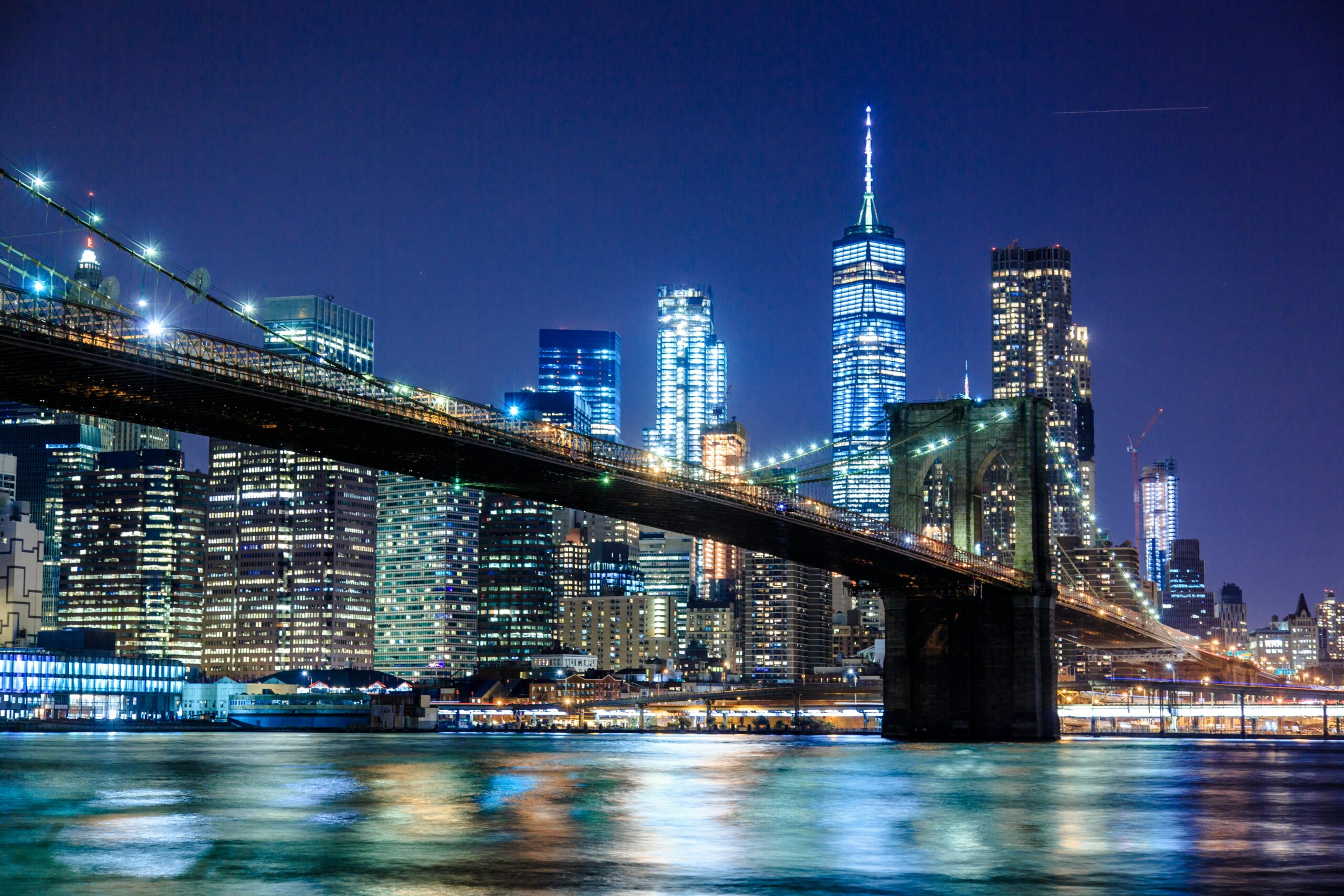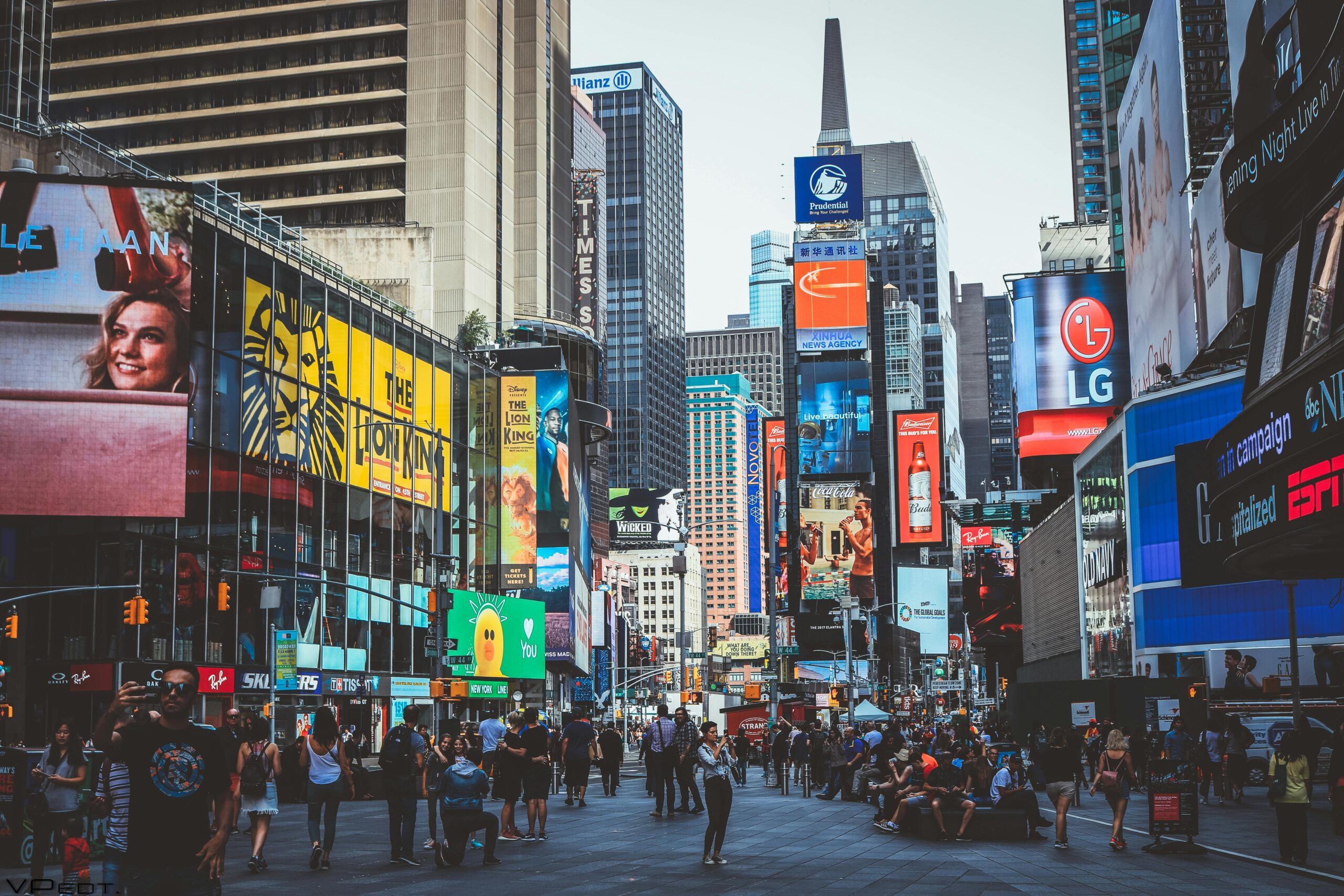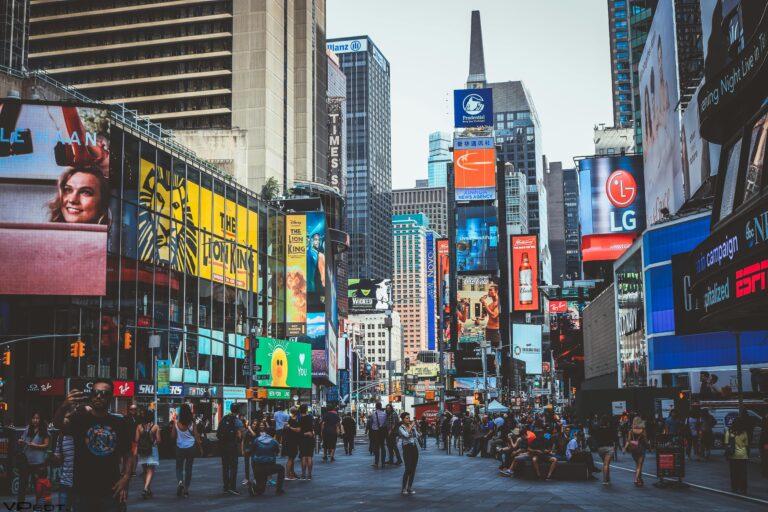
While headlines have focused on Manhattan’s struggles with high interest rates, inflation, and competition from South Florida, real estate investors and developers remain bullish on the borough’s long-term prospects. Despite temporary setbacks and market corrections, Manhattan continues to demonstrate remarkable resilience as one of the world’s premier real estate investment destinations, attracting billions in capital from domestic and international buyers seeking portfolio diversification and asset security in an uncertain global economy.
A Market That Refuses to Stay Down
The most recent data from the second quarter of 2025 tells a compelling story of recovery. The average price per square foot for Manhattan condominiums reached $2,045, nearly matching the 2017 peak that preceded years of market correction. More impressively, sales volume increased 23% compared to the same period the previous year, a dramatic rebound that caught many analysts by surprise, particularly given that mortgage rates remain elevated by historical standards.
This resurgence marks the culmination of an eight-year cycle that saw Manhattan prices decline, stabilize, and then begin to climb again. For investors and developers who maintained faith in Manhattan’s fundamentals during the downturn, the recovery validates a core belief: Manhattan real estate always bounces back.
The price per square foot trend for Manhattan condos demonstrates stable appreciation over the long run, with periodic dips during recessions. However, as the most valuable real estate market in the world, Manhattan consistently recovers and ultimately surpasses previous peaks. This cyclical resilience makes Manhattan an attractive hedge against inflation, political uncertainty, disruptions in global trade, and currency volatility.
Why Global Capital Still Flows to Manhattan
Real estate professionals working with high-net-worth international clients report that Manhattan and London remain the only two Alpha++ cities in the world, global capitals that offer unparalleled combinations of economic stability, cultural significance, and investment security. This designation isn’t merely theoretical; it translates directly into sustained demand from investors worldwide who view Manhattan property as a safe haven for assets.
The fundamentals supporting this perception remain robust. Meta has become Manhattan’s largest corporate tenant, signaling continued confidence from major technology companies in New York’s future. The city also thrives as one of the most vibrant startup ecosystems in the United States, with companies like Knoetic, a human resources analytics platform, and Mesh, which converts sales data into actionable revenue strategies, representing the next generation of Manhattan-based innovation.
While costs remain high, Manhattan’s unbeatable combination of talent pool, diversity, culture, entertainment, and business opportunities continues attracting corporations and entrepreneurs willing to pay premium prices for premier locations. This demand creates a foundation that supports residential real estate values even during challenging economic periods.
The Rental Market Tells Its Own Story
While purchase prices capture headlines, Manhattan’s rental market provides equally important signals about underlying demand. As of May 2025, the average rent reached $5,379 with a remarkably low vacancy rate of just 2.25%. These numbers indicate that people want to live in Manhattan regardless of whether they can afford to buy, creating a robust tenant base for investors.
For investors who can purchase properties with all cash, rental yields have reached attractive levels driven by inflation and increased rental demand. The decreased affordability of purchasing homes has paradoxically strengthened the rental market, as prospective buyers who cannot afford down payments or high mortgage rates continue renting instead. This dynamic creates strong cash flow opportunities for investors with sufficient capital to buy without financing.
The rental strength extends beyond residential properties. Subway ridership has returned to normal levels, tourists have come back in force, and restaurants operate busier than ever. The most visible remaining signs of the pandemic, vacated storefronts and partially occupied office buildings, represent opportunities for investors and developers willing to bet on Manhattan’s continued recovery and adaptation.
Pricing in Global Context
Despite its premium reputation, Manhattan remains relatively affordable compared to other world-class cities when measured on a price-per-square-foot basis. According to The Wealth Report by Knight Frank, which consistently ranks New York (Manhattan) and London as the world’s top cities for real estate investment, Manhattan ranks only sixth in terms of price, behind Monaco, Singapore, Hong Kong, London, and Geneva.
This relative affordability, combined with Manhattan’s superior legal protections, transparent transaction processes, and stable political environment, makes it particularly attractive to international investors seeking to diversify away from riskier markets or protect wealth from domestic instability.
Current investment thresholds reflect this global demand. Condominium apartments start at $650,000 for studios, with one-bedroom units ranging from $800,000 to $2 million, two-bedrooms from $2 million to $5 million, and three-bedrooms starting at $3.5 million. Anything larger than a three-bedroom qualifies as a mansion by Manhattan standards, with prices extending into the tens of millions for truly exceptional properties.
The Challenge of Limited Supply
Perhaps the most significant factor supporting Manhattan’s market leadership is the fundamental constraint of limited supply meeting sustained global demand. Real estate professionals report that desirable condominiums are purchased within a week of listing, while less desirable properties can languish on the market for up to a year. This bifurcated market rewards quality and punishes mediocrity, but it also demonstrates that well-positioned properties continue attracting buyers despite broader economic headwinds.
The supply constraint reflects Manhattan’s geographic limitations; it’s an island with finite developable land and increasingly stringent development regulations. Unlike sprawling sunbelt cities that can expand outward indefinitely, Manhattan must accommodate growth through redevelopment and intensification of already-built areas. This scarcity premium supports property values over time and creates natural barriers to oversupply that plague other markets.
Record-Breaking Sales Continue
Despite the challenges that dominated real estate headlines in 2024 and early 2025, high interest rates, inflation, and competition with South Florida, Manhattan continued generating jaw-dropping sales that underscore its position at the apex of global luxury real estate.
Central Park Tower saw multiple transactions exceeding $75 million, with one condominium closing for $115 million. The 220 Central Park South tower, perhaps Manhattan’s most prestigious building currently, recorded two $75 million deals and another for $80 million. Penthouses at 150 Charles, 111 West 57th Street, and 730 Fifth Avenue (the Aman) closed in separate sales totaling $155.5 million collectively. A townhouse mansion at 138-140 West 11th Street commanded premium pricing reflecting the scarcity of such properties.
These ultra-luxury transactions might seem disconnected from broader market conditions, but they signal continued confidence among the world’s wealthiest individuals that Manhattan real estate represents a store of value and prestige unavailable elsewhere.
The Post-Pandemic Recovery Trajectory
The path to recovery wasn’t straightforward. The original slowdown from 2017 to 2019 began with the market’s reaction to decreased tax deductibility on primary residence property, then accelerated due to increased mansion taxes, oversupply in the $5 million-plus high-end segment, increased inventory, and the typical down cycle following the 2011-2017 up cycle.
Just as the market appeared poised for recovery in the first quarter of 2020, COVID-19 struck New York City with unprecedented severity. The real estate market essentially shut down from mid-March to the end of June 2020, with uncertainty reaching its highest levels as clients questioned how long recovery would take, retailers closed, and restaurants couldn’t open for indoor dining.
However, the reopening brought opportunities. International investors represented by Manhattan real estate professionals negotiated some of the best terms in memory during the uncertainty of 2020 and 2021. Those who had conviction that Manhattan would recover found sellers willing to accept significant discounts and favorable terms that would have been unthinkable during the previous boom.
Properties purchased during this period have already appreciated substantially, vindicating the strategy of buying quality assets during periods of maximum pessimism. One investor’s prewar condominium purchased post-pandemic was rented within two days, demonstrating that tenant demand remained robust even as purchase activity slowed.
Strategic Advantages for Investors
For investors considering Manhattan real estate, several strategic advantages distinguish the market from alternatives. Property ownership remains a top priority for global investors seeking stability, diversification, and generational wealth transfer. Manhattan’s legal protections, transparent title systems, and established practices for foreign ownership make it accessible to international capital in ways that many other markets cannot match.
Current market conditions favor all-cash buyers, who possess maximum negotiation power. With rental yields elevated due to inflation and strong tenant demand, investors who can purchase without financing can generate attractive current income while benefiting from long-term appreciation potential.
The market has also reached neutral territory according to pulse metrics that measure buyer and seller power, suggesting neither side holds an overwhelming advantage. This balance creates opportunities for informed investors to find value without competing in frenzied bidding wars that characterized earlier boom periods.

Looking Forward
While challenges remain, including persistent inflation, elevated borrowing costs, competition from alternative markets, and geopolitical uncertainty, Manhattan’s fundamental position as a global real estate leader appears secure. The combination of limited supply, sustained global demand, strong rental markets, economic diversity, cultural prominence, and historical resilience creates a foundation that has supported Manhattan real estate through multiple cycles over decades.
Real estate professionals working in the market express optimism that Manhattan has entered a new upward price trend after eight years of correction and consolidation. The 23% increase in sales volume, near-record prices per square foot, low rental vacancy rates, and continued flow of international capital all point toward sustained strength.
For developers, investors, and homebuyers, Manhattan presents opportunities across the spectrum, from modest condominiums to trophy penthouses, from value-add renovation projects to turnkey luxury residences. The market’s depth and sophistication accommodate virtually any investment strategy, risk tolerance, or budget.
The story of Manhattan real estate in 2025 isn’t about a market in crisis or a city in decline. It’s about a global capital that weathered extraordinary challenges, a pandemic, economic disruption, population exodus, and widespread predictions of permanent decline- and emerged with its fundamental appeal intact and its market leadership reaffirmed.
As one of the world’s only two Alpha++ cities, Manhattan doesn’t just compete with other American cities for residents and investment. It competes globally with London, Singapore, Hong Kong, and other world capitals. In that competition, Manhattan’s combination of economic opportunity, cultural vitality, legal security, and market transparency continues attracting capital from those seeking the best, most secure real estate investments available anywhere in the world.
Despite temporary challenges and cyclical corrections, Manhattan remains exactly what it has always been: the epicenter of American real estate and one of the world’s premier destinations for investors seeking properties that combine current income potential, long-term appreciation prospects, and unmatched prestige in the global real estate hierarchy.




